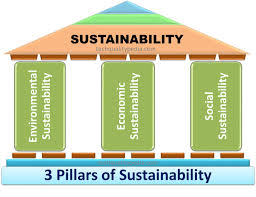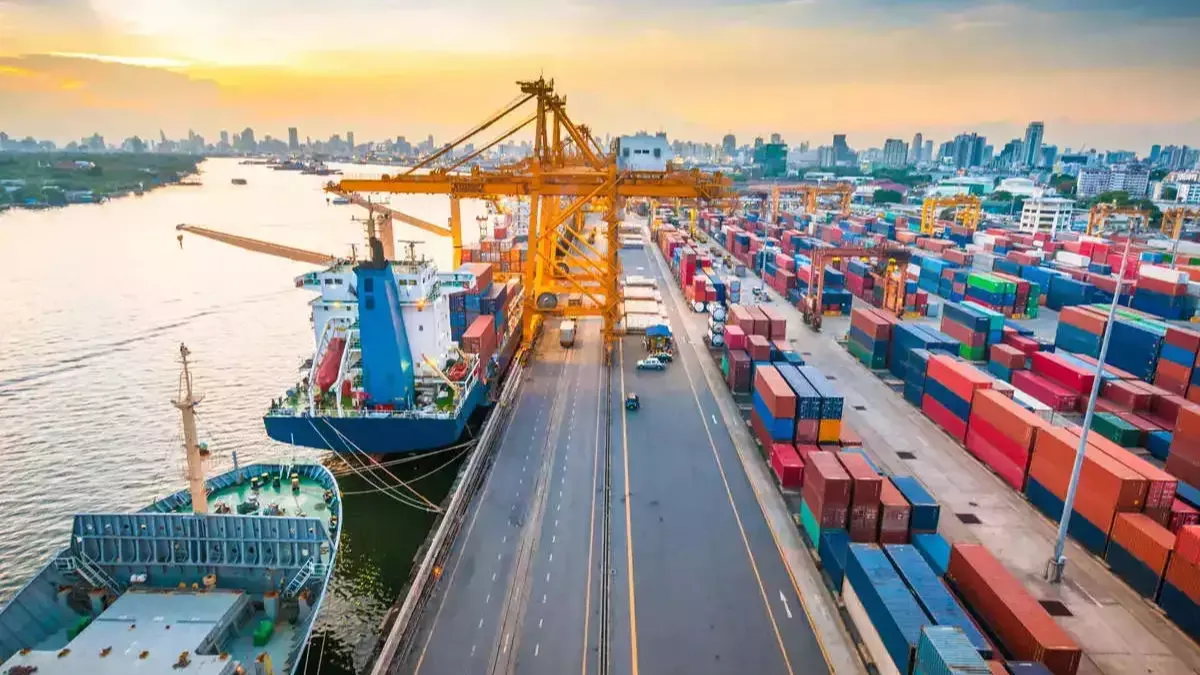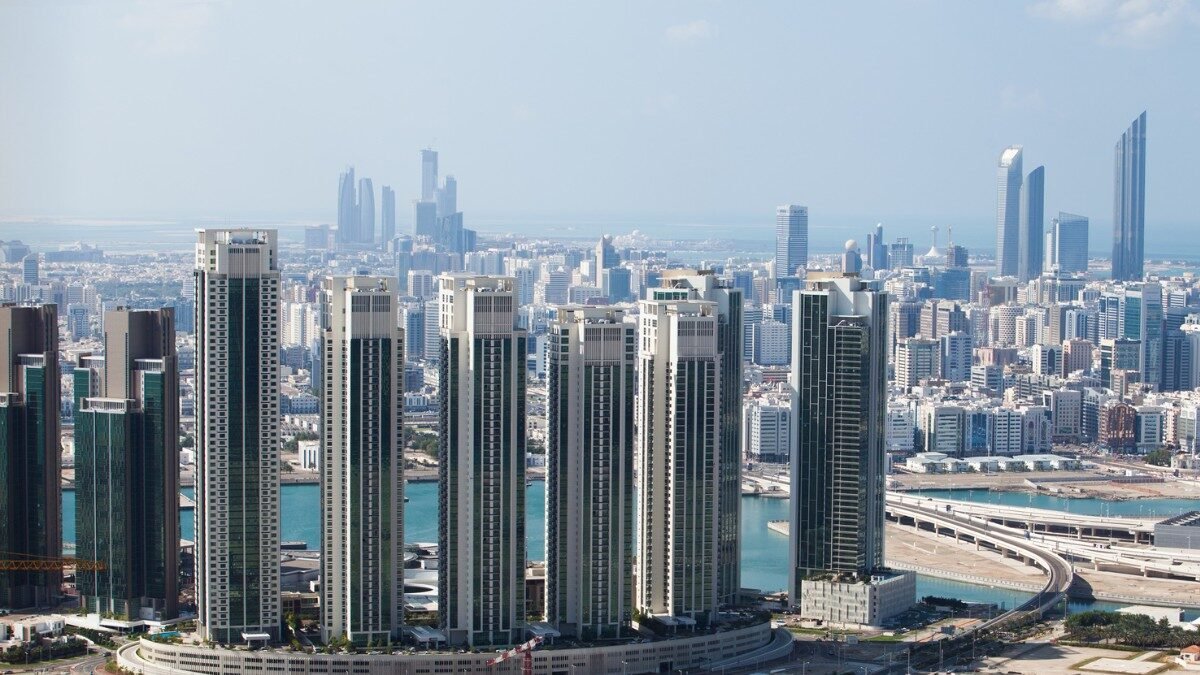Now Reading: Real Estate and Infrastructure: Powerful Trends Shaping Global Cities in 2025
-
01
Real Estate and Infrastructure: Powerful Trends Shaping Global Cities in 2025
Real Estate and Infrastructure: Powerful Trends Shaping Global Cities in 2025

Table of Contents
Real estate and infrastructure are the foundation of every modern society. From towering skyscrapers to smart highways, from housing developments to renewable energy facilities, these two sectors not only provide the physical spaces we live and work in but also drive economic growth, create jobs, and improve the quality of life. Around the world, governments and private investors are placing strong focus on and infrastructure development as urban populations continue to rise and technology reshapes how cities function.
The Link Between Real Estate and Infrastructure
Real estate and infrastructure are deeply connected. Infrastructure projects such as roads, airports, metros, and power grids directly affect the value and demand for real . A well-connected neighborhood with modern facilities often attracts higher property investments and becomes a hotspot for businesses and residents alike.
On the other hand, demand for real whether residential, commercial, or industrial often pushes governments and developers to expand infrastructure. For example, the rise of new housing communities often requires schools, hospitals, water systems, and digital connectivity to follow.
This mutual growth creates a cycle that shapes cities into vibrant economic hubs.
Global Trends Driving Growth
Several global trends are currently driving the growth of RE and infrastructure:
1. Urbanization

According to UN reports, nearly 70% of the world’s population is expected to live in urban areas by 2050. This rapid urban growth requires massive investment in both housing and public infrastructure to support millions of new city residents.
2. Smart Cities

Technology is transforming how cities operate. Smart infrastructure projects, such as intelligent traffic systems, renewable energy grids, and digital communication networks, are making urban life more efficient and sustainable. RE developers are also integrating smart home technologies and eco-friendly designs to meet modern demands.
3. Sustainability

Green buildings, renewable energy projects, and eco-friendly construction methods are becoming industry standards. Both governments and private investors are focusing on reducing carbon footprints while ensuring long-term growth. Sustainable real estate and infrastructure projects are not only environmentally friendly but also more attractive to future generations.
4. Global Investment Flows

Real estate and infrastructure have become attractive investment classes worldwide. International funds and sovereign wealth funds are investing heavily in large-scale projects. From renewable power plants in Asia to smart housing developments in the Middle East, global capital is playing a crucial role in shaping infrastructure and real estate landscapes.
5. Public-Private Partnerships

Governments are increasingly collaborating with private companies to execute large-scale infrastructure projects. These partnerships help reduce financial pressure on governments while giving private players the opportunity to participate in high-value projects such as metro systems, airports, and highways.
Regional Developments
Middle East
The Middle East is witnessing some of the most ambitious real estate and infrastructure projects in the world. The United Arab Emirates and Saudi Arabia are leading with futuristic city plans such as NEOM in Saudi Arabia and smart urban expansions in Dubai and Abu Dhabi. These projects focus on advanced infrastructure, sustainability, and world-class real estate offerings.
Asia
Asia, particularly India and China, is experiencing fast-paced urbanization. India’s government has announced several smart city projects and infrastructure investments, while China continues to lead in high-speed rail networks, mega airports, and urban housing development.
Europe
Europe is focusing heavily on green infrastructure and sustainable real estate. Countries like Germany and the Netherlands are setting global examples in eco-friendly construction, renewable energy, and smart transportation networks.
North America
The United States and Canada continue to see steady demand for both real estate and infrastructure upgrades. Projects in affordable housing, renewable energy, and urban mobility are gaining momentum to support modern city life.
Challenges Facing the Sector
Despite impressive growth, real estate and infrastructure face significant challenges.
- High Costs: Large-scale projects require massive funding, which can often lead to budget overruns.
- Regulations and Approvals: Complex legal and environmental approvals delay many infrastructure and real estate projects.
- Sustainability Concerns: Balancing development with environmental concerns remains a challenge, especially in fast-growing economies.
- Economic Uncertainty: Global events, including inflation and interest rate fluctuations, can directly affect real estate investments and construction activities.
The Future of Real Estate and Infrastructure
Looking ahead, the future of real estate and infrastructure is closely tied to technology, sustainability, and innovation. Smart homes, eco-friendly skyscrapers, renewable energy facilities, and AI-powered transport systems are no longer ideas of the future but realities shaping today’s world.
Governments will continue to push for infrastructure upgrades to keep pace with population growth, while private developers will focus on building smarter and more sustainable real estate projects. Together, these efforts will redefine how cities function and how people live, work, and interact.
Conclusion
Real estate and infrastructure are more than just physical assets; they represent the backbone of economies and the future of urban living. With global investments, rapid urbanization, and technological innovation, the world is moving toward smarter, greener, and more efficient cities.
As nations compete to build modern skylines and world-class facilities, the partnership between real estate and infrastructure will remain a powerful driver of growth. The cities of tomorrow will be built today on the foundations of visionary infrastructure and dynamic real estate development.
READ MORE:- Inside the World of Business Acquisitions: Secrets of Corporate Growth 2025






















